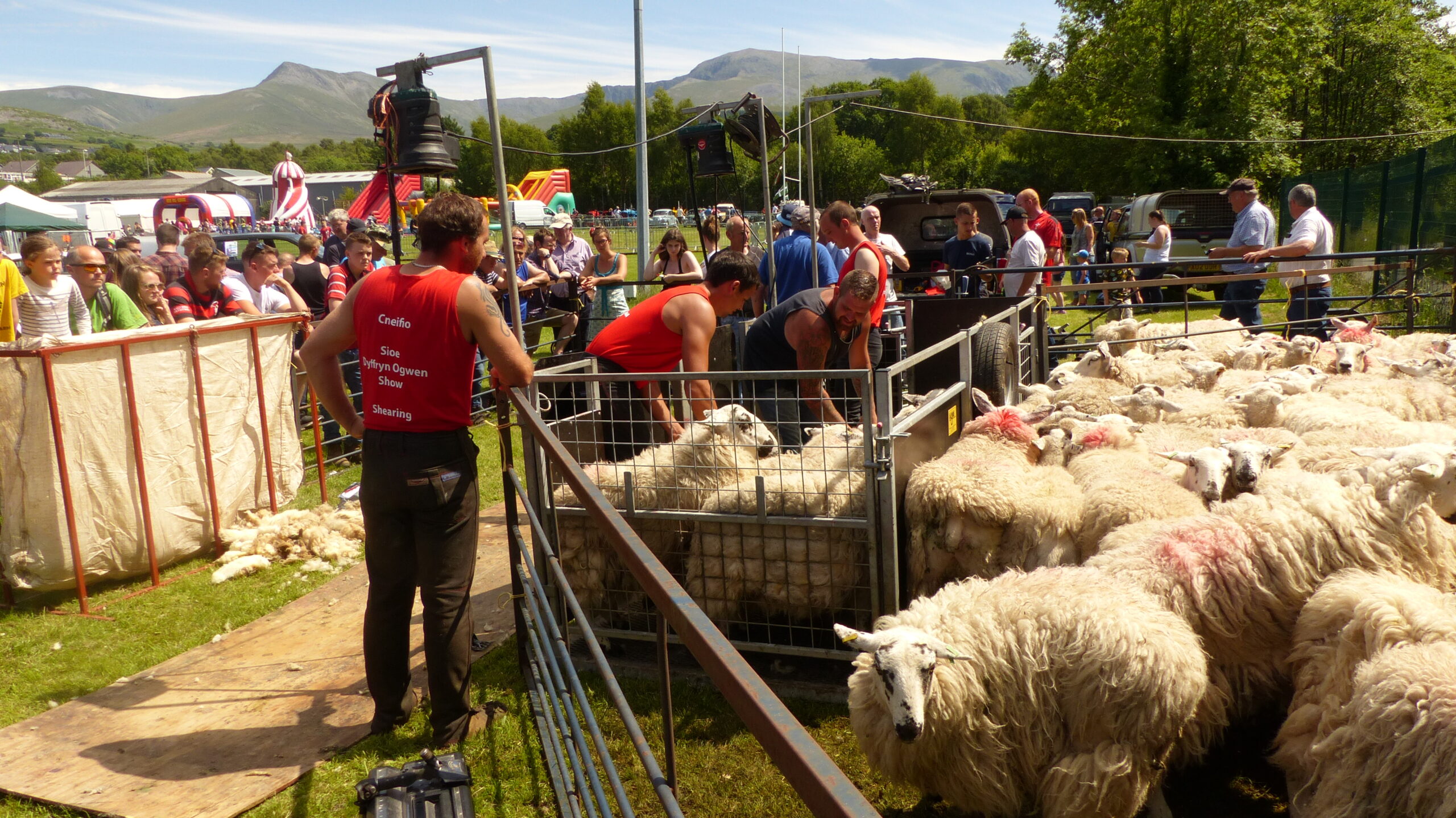Farming remains an integral part of the local economy and community, and continues to have a strong influence on the natural and cultural heritage of the Carneddau landscape. The mountain land is vital to the local sheep industry and is grazed by traditional Welsh Mountain sheep as well as a Welsh Mountain sheep crossed with other hill breeds.
Farmers and land managers play a vital role in ensuring that the Carneddau’s special and varied landscape is maintained and enhanced for the future.
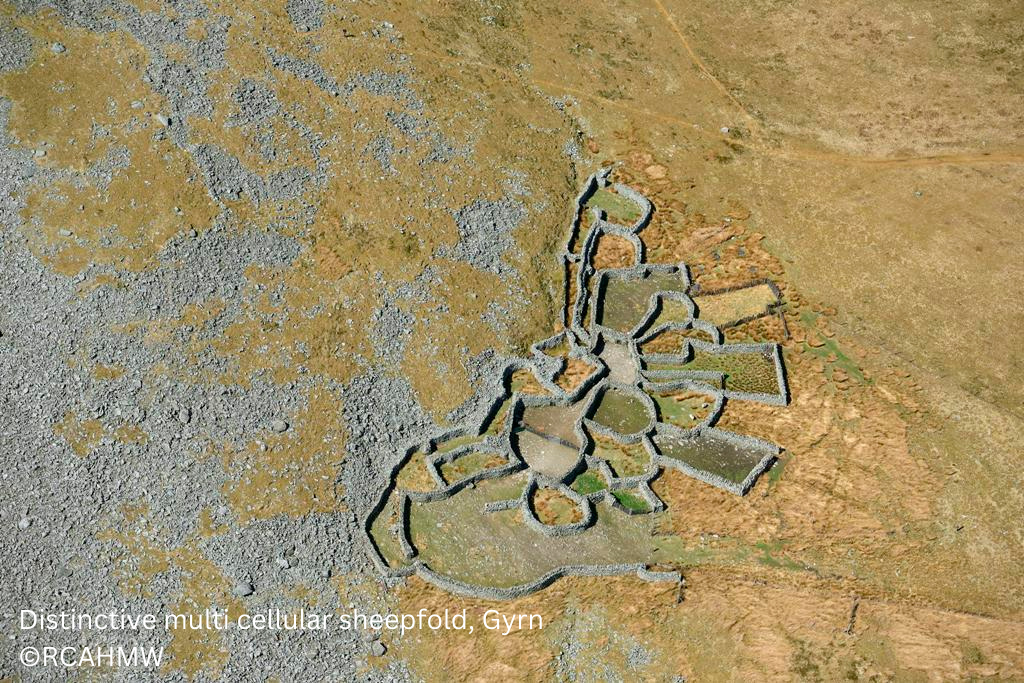
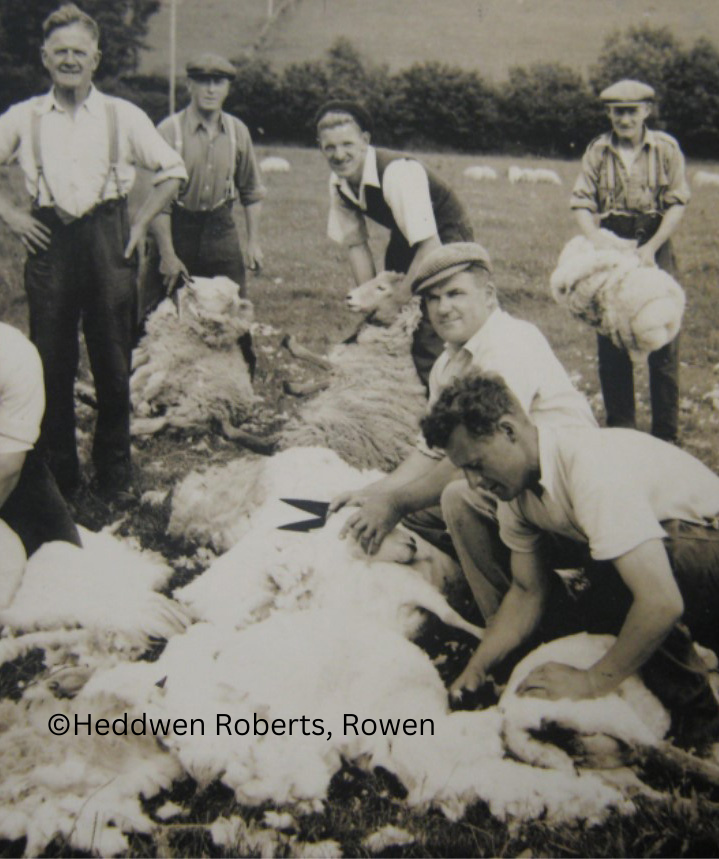
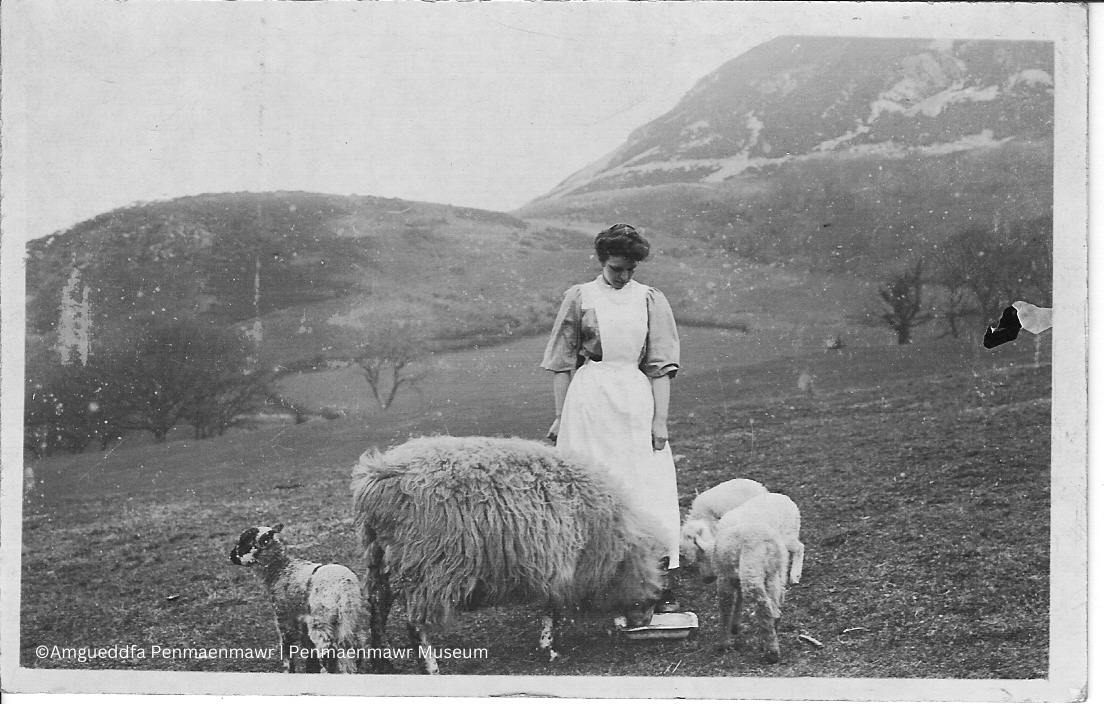
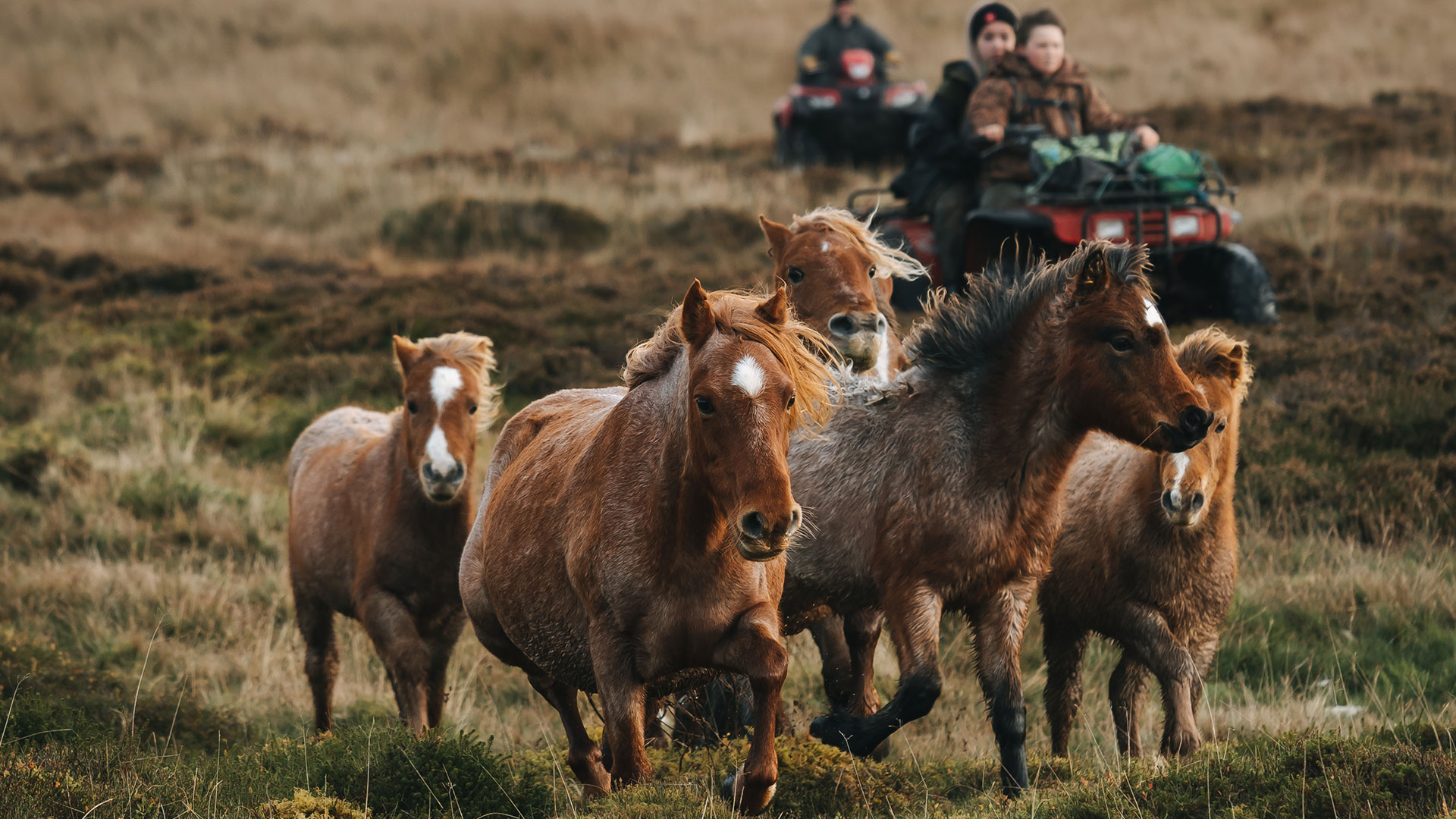
Most of the open mountain land is known as common land and the grazing patterns vairy from common to common. Generally the yearlings (year old ewes) are turned up to the mountains at the beginning of Spring, then the ewes and their lambs are turned up from mid May onwards.
Sheep are gathered in June to be sheared, then again at the beginning of September to wean the lambs ready for market and lastly in October so that the rams can be turned onto the ewes on the lowlands.
As well as sheep, there’s a population of over 200 mountain ponies that live on the Carneddau mountains. The exact number is unknows as there are always some that cleverly avoid the gathering! They are gathered every November and the weaker ones are separated and kept off the mountain.
Although that there are less and less people involved with the gathering of livestock on the Carneddau mountains than there was, the tradition lives on, with quad bikes making the task much easier. But these can’t reach every area of the mountains, which is where the sharp and fit work dogs come in handy.

The Welsh Mountain sheep is an integral part of the character and longevity of the Carneddau. Even though the law states that sheep have to be tagged with a plastig ear tag, the Carneddau sheep’s ears are notched with a notch that’s unique to each farm so that the owner can be distinguished when separating the sheep after the gathering. The farmers are more than likely to remember their neighbouring farmer’s notches off by heart.
In the old days, shearing day was an important date in farmers calendars as it brought the whole community together. In today’s times the modern machinery means that the element of community cooperation is lost. Despite this and the catastrophic situation that is the price of wool – the farmers are still persevering and the mighty Welsh Mountain sheep are thriving.
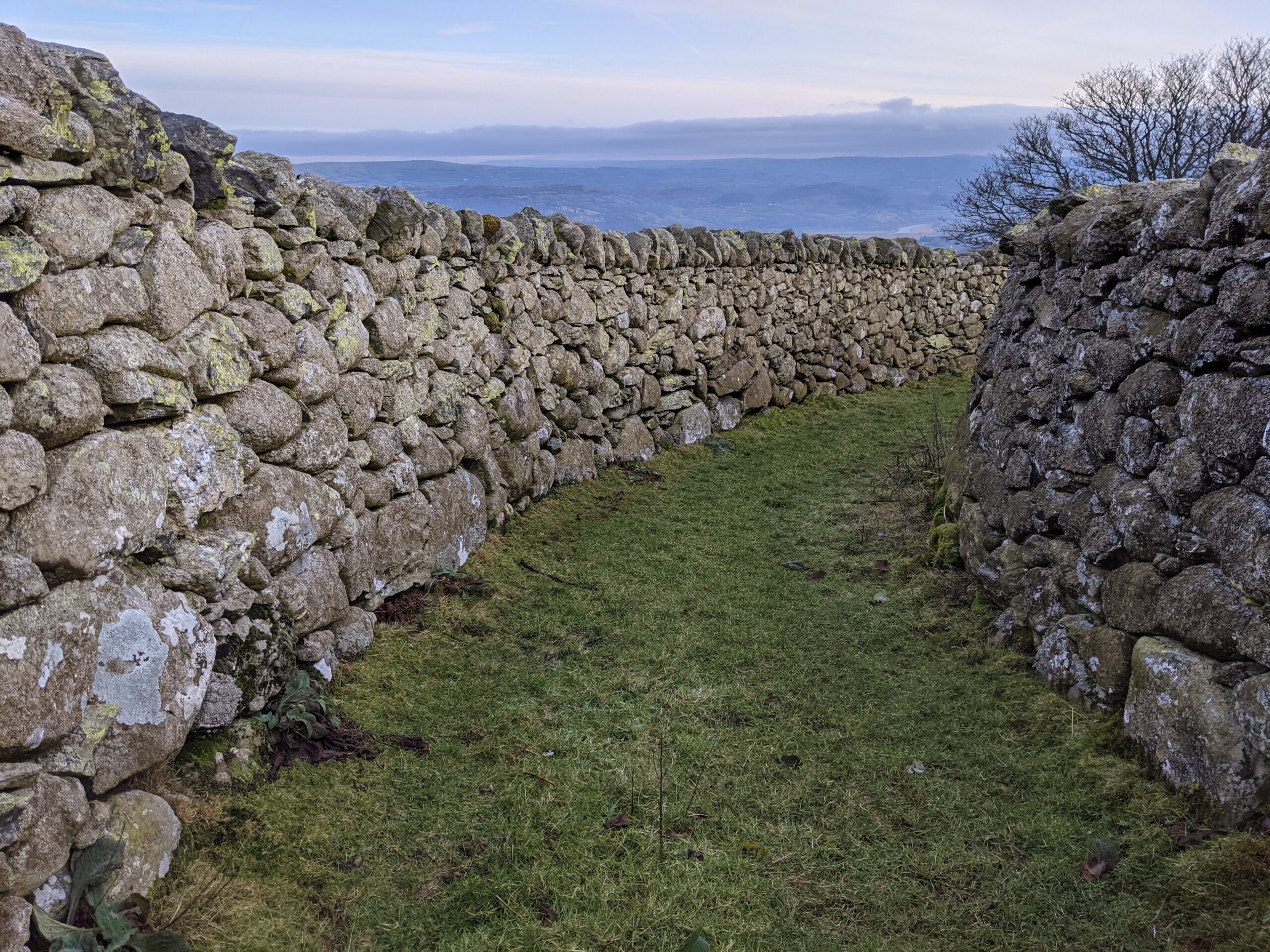
Walls and fences are used on farms in the Carneddau area to separate fields and to make sure the boundaries are secure. Some of the Carneddau walls have been standing for decades and are a sight for the eyes.
This scheme offers grants to plant hedges and to put up a double fence in between the plants to increase biodiversity on farms.
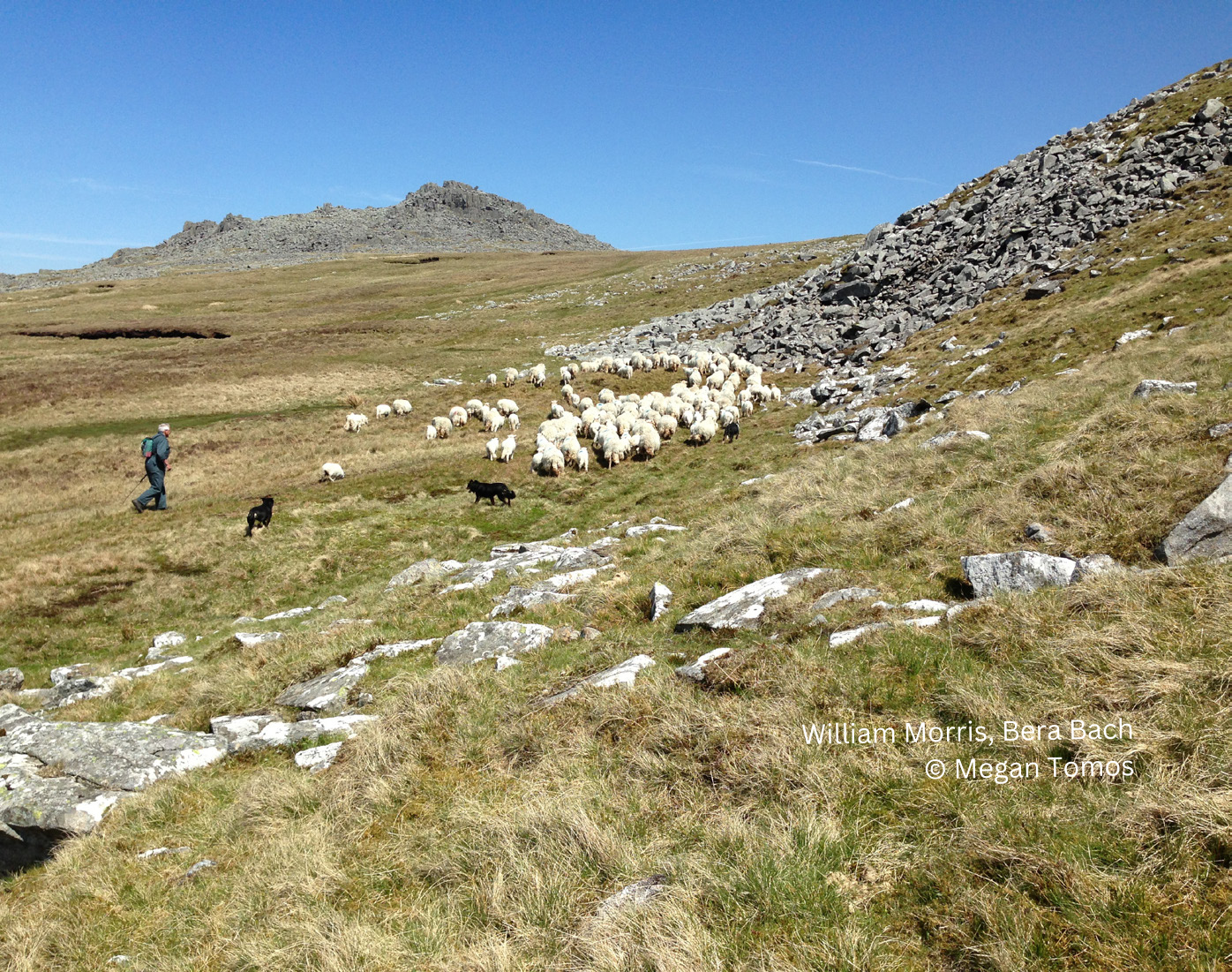
Listen to the stories about people who live and work on the Carneddau.
Have a look at the latest news from Farmer’s Union Wales.
Have a look at the latest news from Farmer’s Union Wales.


